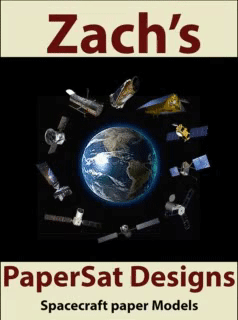
Other Paper Model Websites
Sounding Rockets
Sounding rockets take their name from the nautical term "to
sound," which means to take measurements. Since 1959,
NASA-sponsored space and earth science research has used
sounding rockets to test instruments used on satellites and
spacecraft and to provide information about the Sun, stars,
galaxies and Earth's atmosphere and radiation.
Sounding rockets carry experiments
to altitudes between 50 and 1,500 km and fly in nearly parabolic
trajectories re-entering the atmosphere downrange from the
launch site. Each flight lasts around 20 - 30 minutes.
Science missions focus on geospace research, solar physics,
astrophysics and atmospheric studies. Telescopes launched with sounding rockets are
used for planetary, solar and astrophysics studies.
New technologies for future satellite missions are tested with
sounding rockets, allowing scientists to verify functionality of
instruments prior to committing to a multiyear space mission.
Sounding rockets are used for carrying and releasing re-entry
test vehicles. The instrumented re-entry body transmits data on
dynamic pressure, orientation, velocity and other characteristics
of the flight. This research helps answer questions about landing
probes on other celestial bodies, such as Mars.
Learn more about sounding sockets
Here.
Free models
Click on the name to download.1
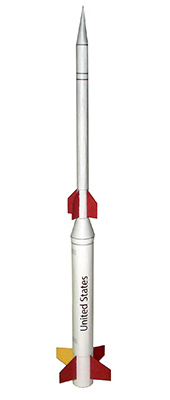 2
2
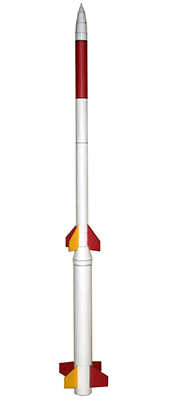 3
3
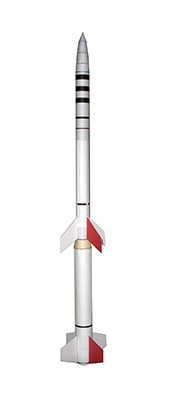 4
4
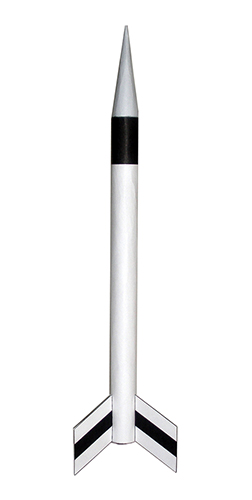 5
5
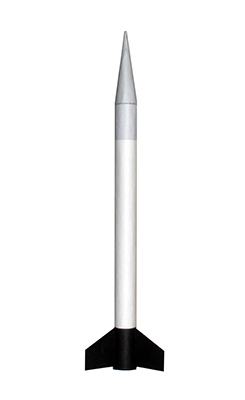 6
6
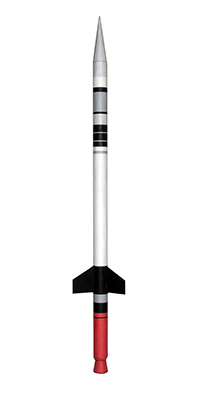
1 Nike Apache
2 Nike Tomahawk
3 Terrier Lynx
4 First Skylark
5 Skylark Raven
6 Skylark Goldfinch Raven
7
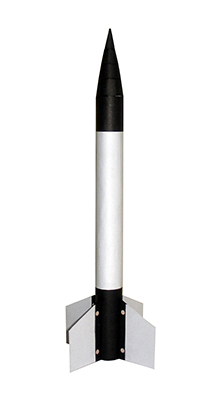 8
8
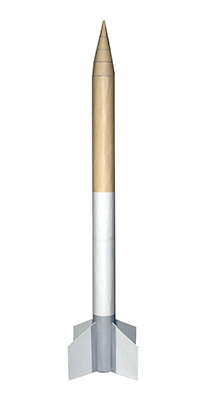 9
9
.jpg) 10
10
 11
11
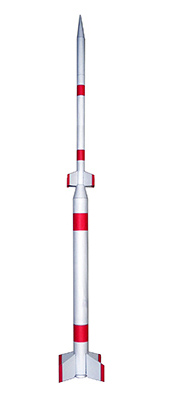 12
12
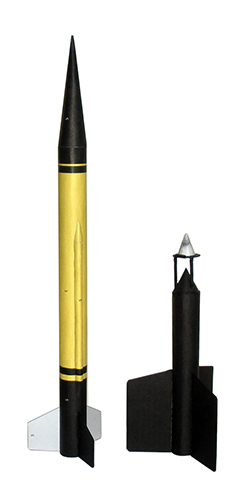
7 Pencil
8 Pencil 300
9 Pencil (2 stage)
10 Baby
11 Kappa 9M
12 WAC Corporal
13
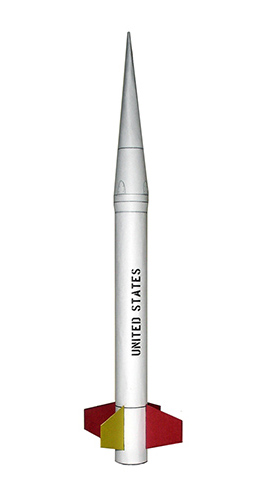 14
14
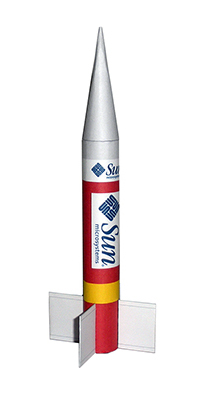 15
15
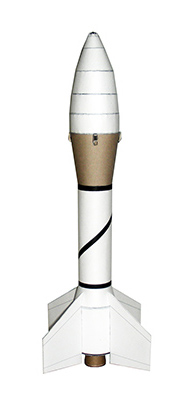 16
16
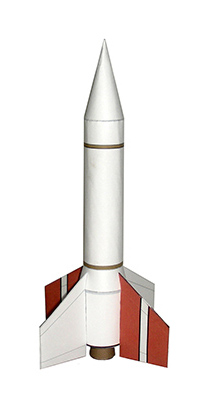 17
17
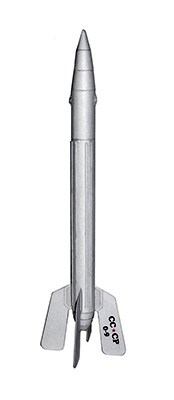 18
18
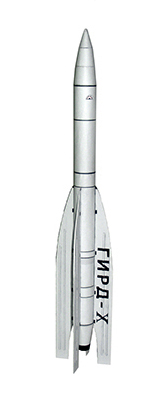
13 Nike Smoke
14 Dauphin (Dolphin) Sounding Rocket
15 Operational Falstaff
16 Original Falstaff
17 GIRD-9
18 GIRD-X
19
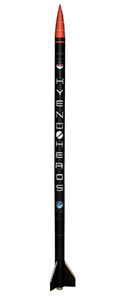 20
20
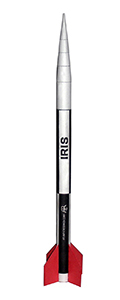 21
21
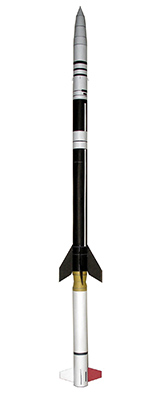 22
22
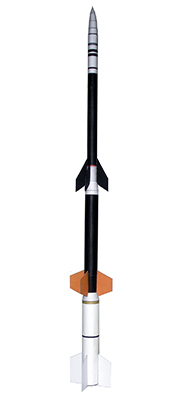 23
23
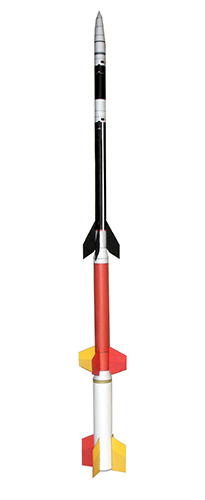 24
24
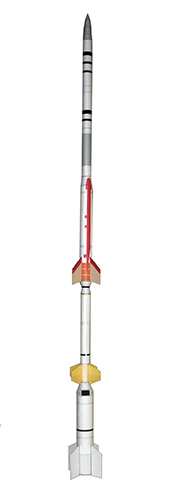
19 HEROS 3
20 IRIS
21 Black Brant X
22 Black Brant XI
23 Black Brant XII
24 Talos-Terrier Oriole
25
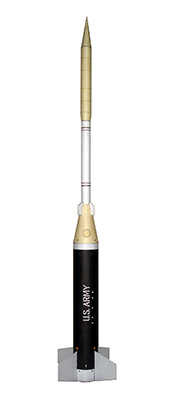 26
26
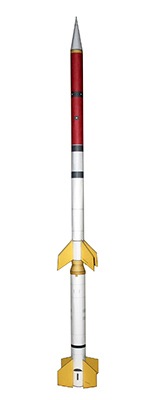 27
27
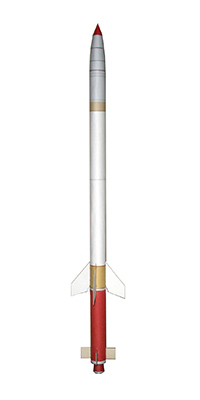 28
28
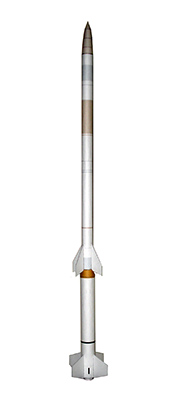 29
29
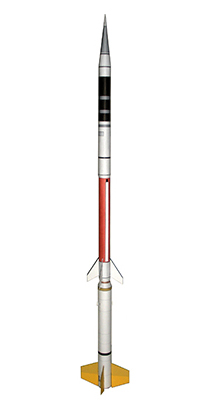 30
30
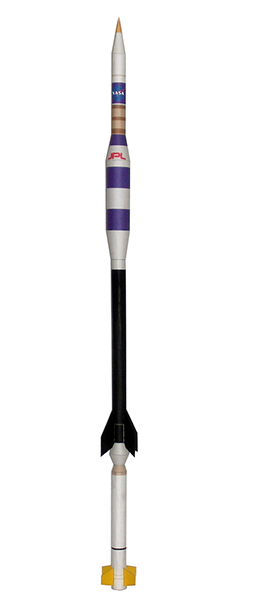
25 Sergeant-Hydac
26 Terrier Improved Orion
27 Hydra Sandhawk
28 Terrier Sandhawk
29 Terrier-Improved Malemute
30 Black Brant IX
31
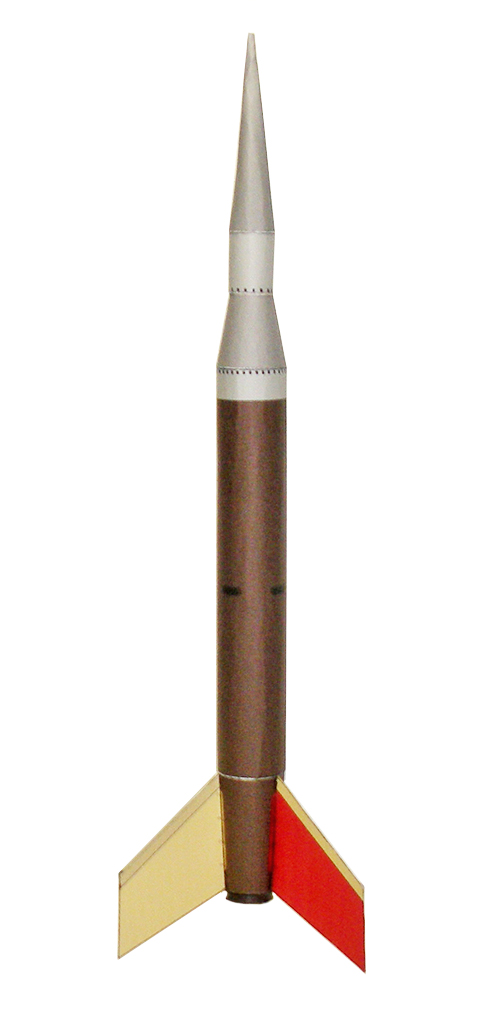 32
32
 Model.jpg)
31 Improved-Orion
32 Terrier Improved Orion (version 2)